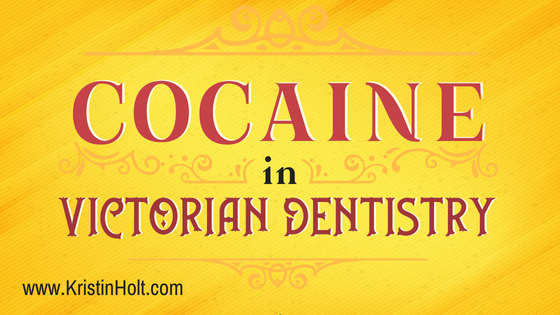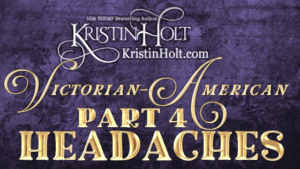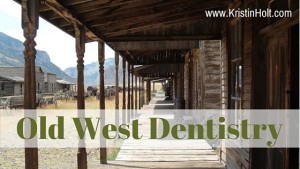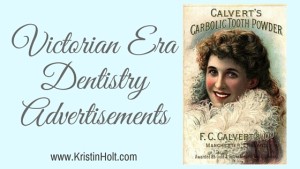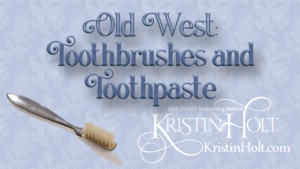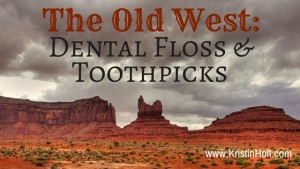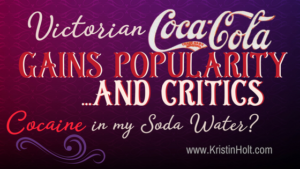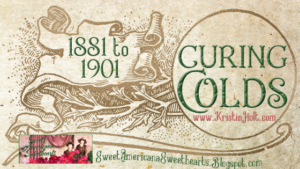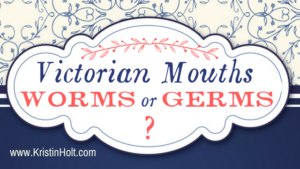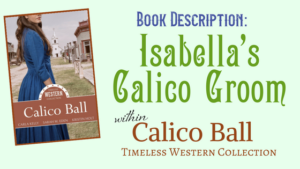Cocaine in Victorian Dentistry
Cocaine in Victorian Dentistry
.
Really? In 1890, Dentists treated patients with cocaine?
Like fictional Dr. Isabella Pattison, DDS and Dr. Henry Merritt, DDS in Isabella’s Calico Groom?
.
 .
.
Yes!
Dentists also had use of nitrous oxide (laughing gas), drills, and so much more. Don’t miss my previous blog article titled Late Victorian Dentistry: Ultra Modern.
Cocaine in Victorian Dentistry

.
Examples
Viennese Opthamologist Carl Koller Discovers Mild Cocaine Solution Deadens Nerves to Pain (1884)
Cocaine in Victorian Dentistry
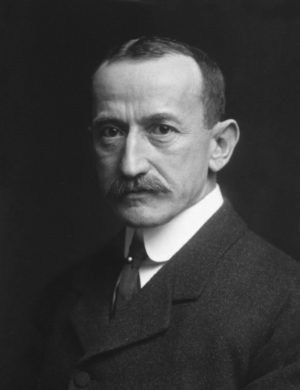
Karl Koller (also Carl Koller, Carl Coller; born 1857 in SuÅ¡ice, Bohemia – died 1944 in New York) Image: Public Domain, courtesy of Wikipedia.
.
Modern-day local anesthesia began in 1884 with a discovery by a young unknown ophthalmologist from Vienna named Carl Koller, who placed a cocaine solution on the cornea, thus producing insensibility. The news of his discovery spread throughout the world in less than a month.
.
emphasis added
.
One of Koller’s colleagues describes an early experiment with cocaine as an anesthetic:
.
A few grains of the substance were thereupon dissolved in a small quantity of distilled water, a large, lively frog was selected from the aquarium and held immobile in a cloth, and now a drop of the solution was trickled into one of the protruding eyes. At intervals of a few seconds the reflex of the cornea was tested by touching the eye with a needle….
.
After about a minute came the great historic moment, I do not hesitate to designate it as such. The frog permitted his cornea to be touched and even injured without a trace of reflex action or attempt to protect himself – whereas the other eye responded with the usual reflex action to the slightest touch.
.
.

.
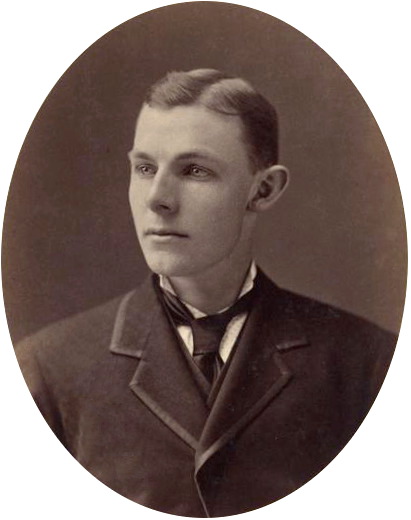
William Stewart Halstead, Yale College, Class of 1874. Image: Wikipedia, public domain.
.
The surgeons Halsted and Hall, cocaine and the discovery of dental anaesthesia by nerve blocking.
.
Abstract
.
William Stewart Halsted is considered to be one of the most influential and innovative surgeons the USA has ever produced. His contributions to surgery are abundant, ranging from sophisticated surgical techniques in the field of breast surgery, surgery of the digestive apparatus and traumatological [sic] interventions, to the introduction of gloves in the operating theatre [sic]..
Here we present Dr Halsted, together with his aide Dr Hall, as the discoverers of the technique for blocking the inferior alveolar nerve and the antero-superior dental nerve using cocaine as an anaesthetic [sic]. The anaesthetic technique, described perfectly by both surgeons in 1885, has been revolutionary in the practice of odontology since its introduction, offering dentists the possibility of performing invasive interventions to the maxillary without pain. [sic]
.
emphasis added
.
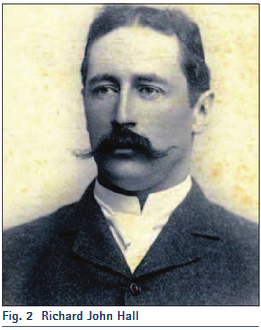
Dr. Richard Hall, surgeon, and aide to Dr. Halstead. Image: Courtesy of Research Gate.
.
The advantage of cocaine in dentistry is the way it can block signal-conduction in (especially) pain nerves when injected directly into the particular nerves it is intended to deaden. ~ Cocaine.org
.

.
Science learns Cocaine is Highly Addictive
.
Over a 40-year career, beginning in New York and continuing at Johns Hopkins University Hospital in Baltimore, he endured a terrible struggle resulting from an accidental addiction, acquired in the course of his research. Despite this, his legacy to medicine and human health is one of the greatest left by any individual surgeon in history and remains an inspiration today.
.
~William Stewart Halsted: his life and contributions to surgery, from The Lancet, Oncology, Volume 8, Issue 3, March 2007, pages 256-265, via ScienceDirect.com.
.
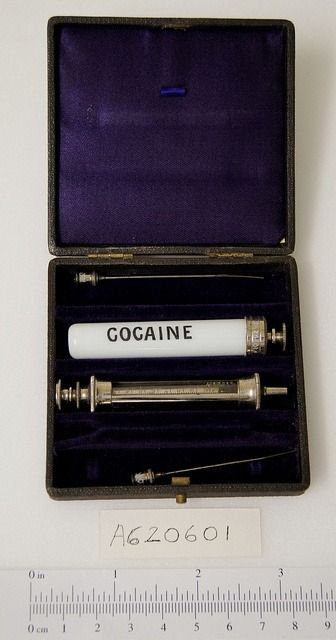
Cocaine Syringe. Image: Courtesy of Diseases of Modern Life; Nineteenth Century Perspectives, in an article titled: Cocaine and Chloroform: Technologies of Pain and Progress in Victorian Medicine.
.
In 1892, the Irish addiction specialist Conolly Norman penned ‘A Note on Cocainism’ for the Journal of Mental Science. Norman began his article with a warning: ‘[Though] a comparatively new drug […] cocaine is more seductive than morphia; it fastens upon its victim more rapidly, and its hold is at least as tight.’
.
… The cocaine alkaloid had only truly entered public consciousness in 1884, when it was discovered that a weak solution of the drug would, if introduced into the eye, neutralize its sensitivity to pain, whilst leaving the patient conscious. In effect, cocaine was the first practical local anaesthetic.
Within a short space of time, however, reports began to proliferate of its toxicity and addictive potential. In January 1886, the British Medical Journal opined: ‘we have already found out that this sweet rose of our therapeutic bouquet has its bitter thorn’. Medical practitioners were thought to be particularly vulnerable to cocaine habituation, paying a ‘heavy tribute’ to addiction partly because of ‘their ready access’ to dangerous drugs and partly because they laboured under a greater burden of work and responsibility than other similarly educated gentlemen. …
.
… In this period – both in Britain and abroad – cocaine was simultaneously understood to be a dangerous, potentially addictive substance, and a remarkable medical innovation. When its anaesthetic powers were revealed, it was widely applauded as having ‘immediately wrought a complete revolution’ in medicine, and as ‘a discovery to captivate the imagination of mankind’. The chemical was hailed as a profoundly transformative and triumphant achievement of modern medical science, and the knowledge that it could be misused did little to dispel the glamour surrounding it.
.
.
From Items of Interest, 1889, a dental magazine:
.
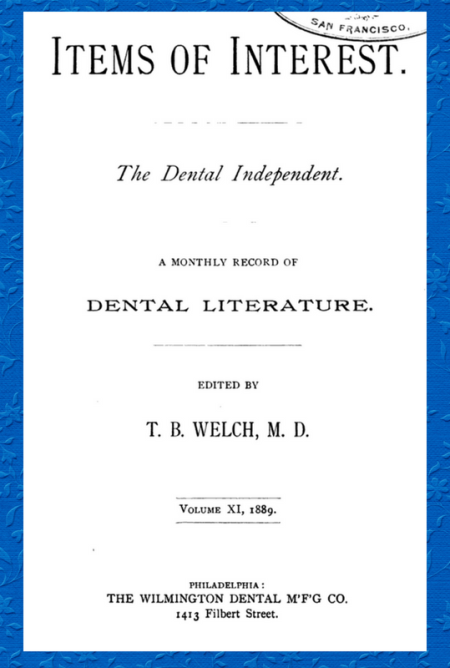
Title Page of Items of Interest, The Dental Independent: A Monthly Record of Dental Literature. Volume XI, 1889.
.
WHAT I KNOW OF COCAINE.
DR. L.H. HENLEY, MARSHALL, TEXAS.
.
There’s not a blessing given to man that he cannot and occasionally will not abuse. We can get grand results from Cocaine, but we must learn to master it. Cocaine is a blessing, and it has come to stay. At first I handled it with the utmost care and suspicion. I remember how I gazed on the 5 oz. bottle 4 per cent solution, and thought it contained a host of subtle devils, and liable to turn one of them loose on us in an unsuspecting moment. It first worked very nicely, and I felt more gratitude than I could express. Next (a few days later), I persuaded a lady who dreaded pain, that, with the use of this drug, “it would not hurt.” She wanted the tooth out, and my word was taken as “tender.”
The truth is, the stuff had fermented, and was equivalent to that amount of common water. She gave me “hail Columbia!” saying, “I saw stars and Jerico [sic],” and that the sights were not sufficient attonement [sic] for such pain, and added “If I were a man I’d break the third commandment”–but she didn’t–(audably) [sic]. A few days later I read of how carbolic acid should be used to prevent fermentation. In my next I tried that; now at this time it was very expensive, and taking into consideration the amount I had lost by fermentation, it was making making “too much sugar for a cent.” Well, carbolic acid was cheap, so I wanted to use plenty which I did.
.
As a proof of this my next patient’s gum sloughed considerably. It was simply shocking! Now I wanted to be alone. I went back into my laboratory, and said to myself, I’ll never use Cocaine again; and I’ll teach my children to teach their children for ever let it alone. For more than a year I did not use it again.
Finally I formed the acquaintance of a reputable surgeon who spoke in praise of Cocaine, and told me his simple method of using it, which has ever since been mine. I will try to give it clearly. I buy the salts as it is put up by Park, Davis & Co., in 5 gr. vial. Taking an instrument I stir the salts in the vial so that there will be no lumps adhering to the sides of the bottle; then by guess I empty 1/4 of the contents into another small vial, and add about ten drops of water.
This I take in my hypodermic syringe, and carefully deposit on each side of the tooth to be extracted well under the mucous membrane, and as near to the root as I can get it with my needle. I always prepare it for the case in hand. In this way I can extract almost any tooth absolutely without pain, so that I am sure to receive the blessings of (XXX)r patient. Ladies especially take care to slip in a nice word for me to their friends.
.
But just here we are on the dangerous ground. If we are careless and unintelligent in its application, we will find a feeble patient, and occasionally those we least expect, becoming dreadfully nauseated, and losing to some extent the control of their tongue; also the organs of prehension and deglutition. Others will complain of slight nausea, with abnormal pulsation, and an uncomfortable feeling int he region of the heart. And Others will talk foolishly, or perhaps (if a lady) will shed tears and become very nervous. Others will complain of the loss of the use of their limbs, and will vehemently declare their inability to walk or stand or move in any way. And in fact carelessness will give us all sorts of trouble.
I find no better stimulant where I suspect such a case than to give them one to two oz. of brandy just before I begin. Even then they may complain of nausea. This can be avoided by administering a small amount, say one drop of the carbolic acid and cocaine, then waiting a minute before going on. After you have produced insensibility to the touch of the point of your lancet (which I always use) you need have no fears of causing any systemic disturbances by applying the 1 1/4 grs. to the next tooth to be extracted; if you wish to remove several teeth at one sitting, cocaine, unlike most remedies will not accumulate in the system. I do not now wait 5 minutes for the effects. I proceed at once telling my patient not to complain till they are hurt.
.
Now a word about those who may have unconsciously used the drug a little too freely. We can always tell by the patient’s facial expression when we are going to have trouble. Loosen the clothing, remove the tooth immediately, let in fresh air, and take hold of your patient, asking, and forcing them to stand up and walk about. Exercise is the thing. It always has worked like a charm for me. Often they will complain of a stiffness of their knees, and will want to sit or lie down. Don’t permit it, but insist on a promenade, and, like most promenades, it will do you both good. To make the effects more durable, use atropia with the cocaine solution. This will often prevent the necessity of brandy or other stimulants.
.
emphasis added
.
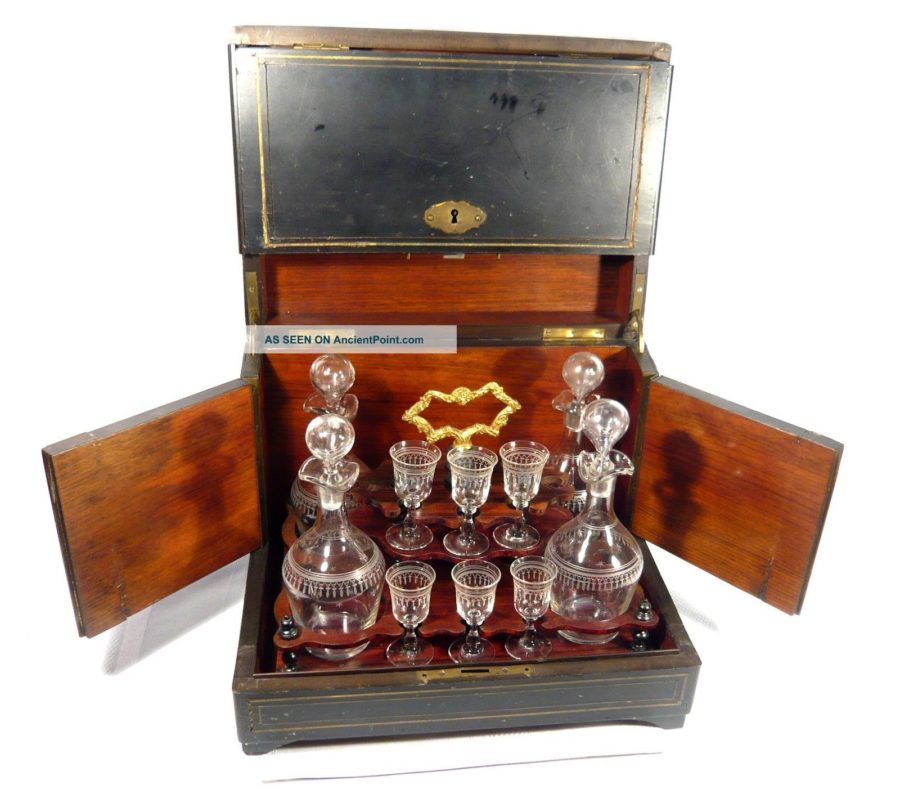
Antique Victorian Liqueur Case (Liquor Box, Tantalus, Decanter, and Cordial Glasses). Image: AncientPoint.com.
.
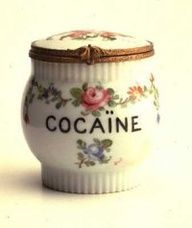
Cocaine, circa 1880. “Legal and used publicly” (label on Pinterest). Image: Courtesy of Pinterest.
.
Cocaine in Victorian Dentistry

.
Parents and Patients Bought Cocaine Products Anyway…
.
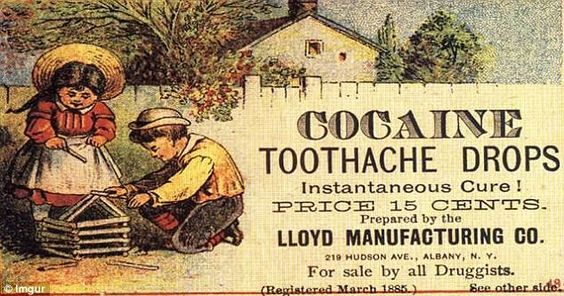
Cocaine Toothache Drops: manufactured in Albany, New York. Registered in March of 1885, and “for sale by all Druggists”. Image: Pinterest.
.
In the late 19th century, the typical cocaine user was a professional man who had been prescribed the drug or a physician administering his own doses. Coca wine was the most popular way to consume cocaine. Vin Mariani was the first coca wine product sold, and for a while, the most successful.
.
~ Exhibition: Cocaine – Pick Your Poison
emphasis added
.
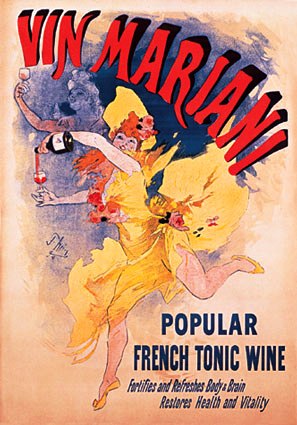
Jules Chéret, lithographer, advertisement for Vin Mariani, 1894 (reproduction 1981). Courtesy National Library of Medicine. Image: from Exhibition: Cocaine.
.
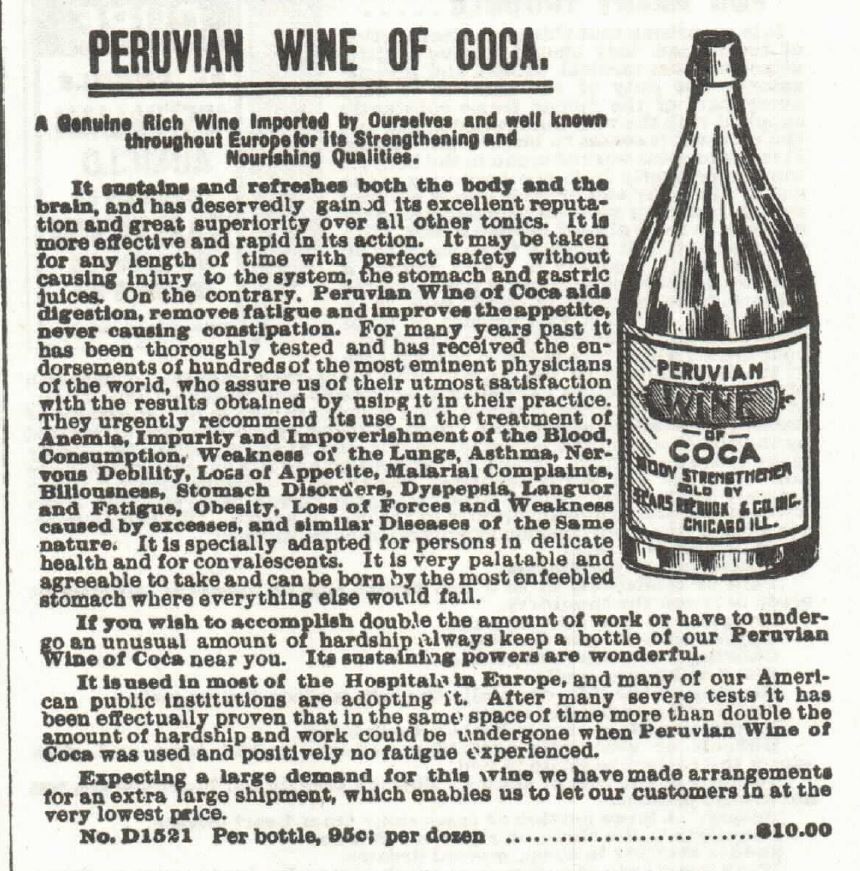
Peruvian Wine of Coca: A Genuine Rich Wine Imported by Ourselves and well known throughout Europe for its Strengthening and Nourishing Qualities. Published in the 1897 Sears Catalog No. 104.
.

.
Related Blog Articles:
.
Yes, cocaine-containing drops for teething…
.
More Blog Articles of the history supporting medication and Isabella’s Calico Groom (within Calico Ball: Timeless Western Collection, Book 1):
.

Cocaine in Victorian Dentistry
Updated November 2020
Copyright © 2018 Kristin Holt LC

